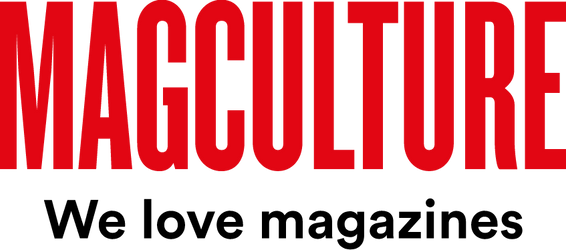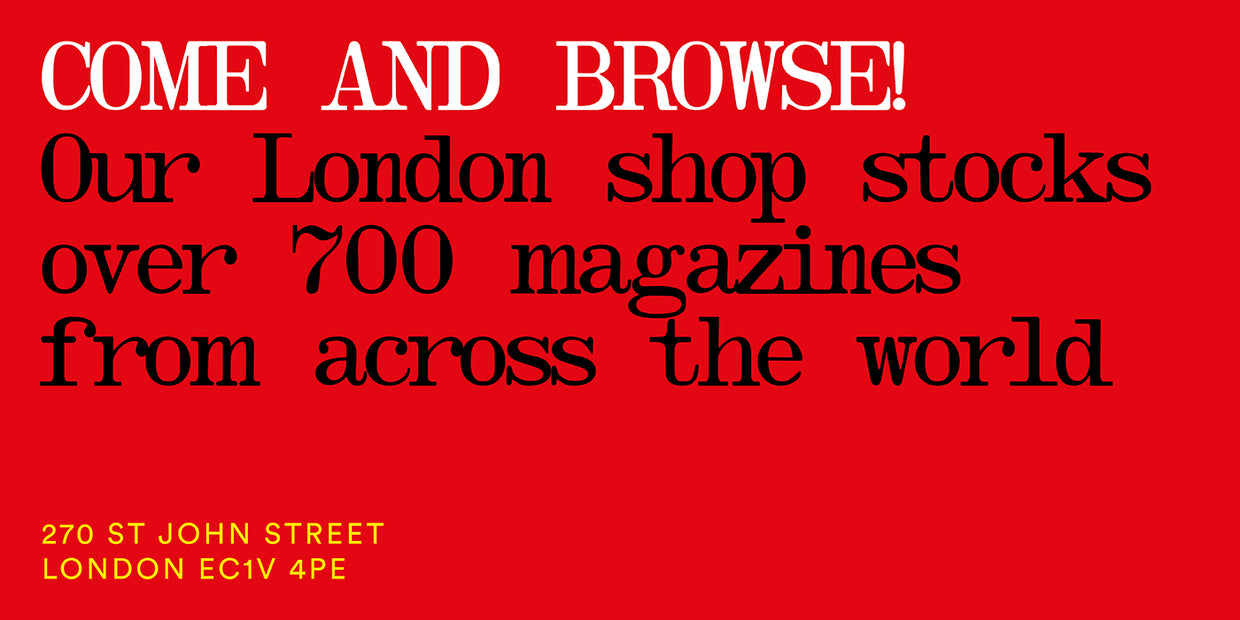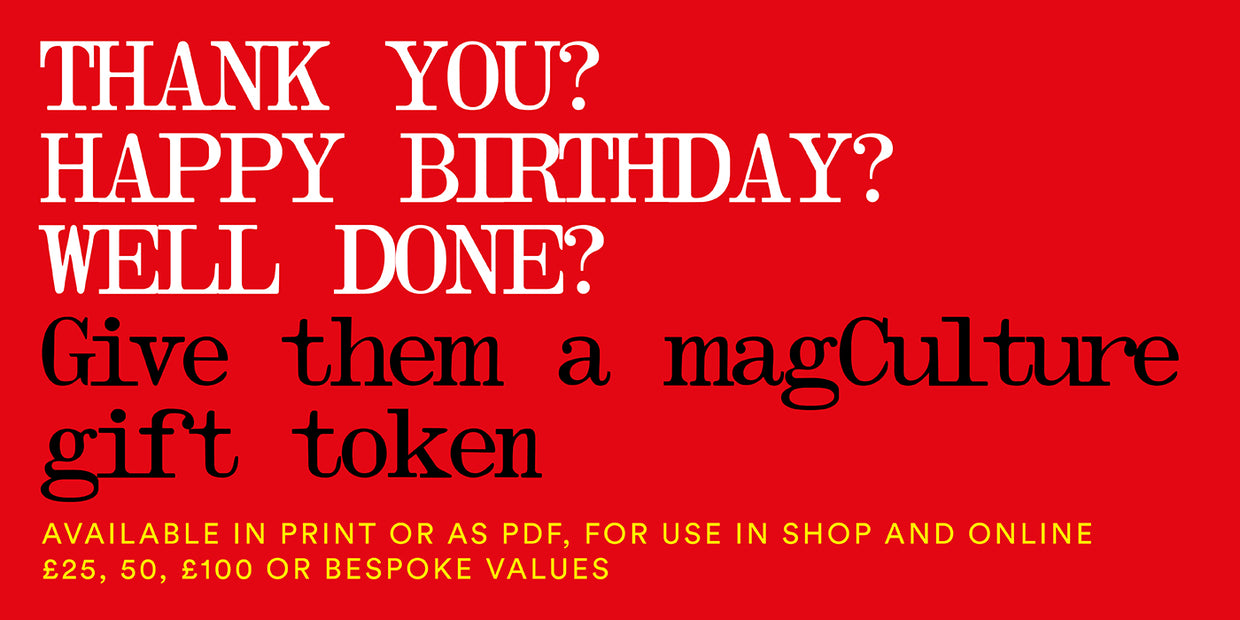
Tommy Sissons and Jake Buckley, Grass
As well as writing novels, poetry and plays, Tommy Sissons publishes Grass, a magazine of working class literature and art. For issue four, he’s teamed up with designer Jake Buckley.
The new issue is a visual delight, appearing in two volumes wrapped in a red candy stripe paper bag. The two tell us more about the mag as they discuss their working week.
What are you doing this Monday morning?
Tommy: I’m up at 5am—I’ve always been an early riser, and I work best at that time. I’ll start the day by meditating and writing. At the moment, I’m switching between writing fiction and a series of strange, prophetic poems. Then I’m off to start a new job (I teach English part-time at a school and sixth form in south London as of this week). I’ll get a swim in after work down in Peckham, then post recent orders of Grass. Sorted.
Jake: Waking up slightly too late and reaching for something indulgent like coffee or a sea-moss juice, I don’t know what sea moss does but if I don’t have it, I’ll die. Decide who between myself and my girlfriend is busiest and the least busy one walks the dog. I walk the dog.
Describe your work environment.
Tommy: I switch between work environments. When I’m at home, I’m surrounded by plants and books which I find to be optimal for my creativity. On my desk is a Tolpuddle Martyrs mug doubling as a pen/pencil pot, a pint glass with some white roses in it, and my grandad’s old boxing trophy in the shape of a glove. Outside my window is my back garden where mine and my housemates’ cat is usually prowling, and the aureate chimneys of Costa del Brockley. If I’m not at home, I’m down at the local library early in the morning when I’m usually the only one there. I prefer to be completely removed from distractions when I write.
Jake: In my routineless life post-uni, my work environment changes a lot, I do have an office / laundry basket which I share with my girlfriend and it’s rarely habitable, and so I might perch in the kitchen and in which case I’m lucky enough to look out and see trees.

Which magazine do you first remember?
Tommy: I got into mags properly in my later teenage years. I had a couple of things published by LAW magazine around the time I first moved to London for uni, so I’d say that was the first magazine I remember reading cover to cover. My Mam always had a lot of late seventies punk DIY zines and eightiess copies of i-D and Vogue around the house (still does) so her reading of those will have sparked my interest in magazines in earlier life.

Jake: The edgy answer to this is Viz, the factual one has to be Beano, and my brother used to get the Dandy. I remember them being a prelude to eating free sweets.

Aside from yours, what’s your favourite magazine?
Tommy: Tribune. This is the magazine I have to read as soon as it comes through
my letterbox. I’m particularly into the current ‘History’ section, where contributors revisit significant political events from the twentieth century. They examine how these events relate to today and evaluate Tribune's archival coverage of those pivotal moments (the mag has been running since the 1930’s, originally in newspaper form).
There was a recent issue devoted to the fortieth anniversary of the miners’ strike which I loved. Some blokes are dead into Ancient Rome at the moment. I’m dead into the miners’ strike.

Jake: I like the ones that make you go ‘what on earth is going on in here’, recently that’s Closing Ceremony (the one with the enormous piggy with a toy spider round its neck on the front), I regularly buy Typeone, I love Matt Willey, so I’m proud to own a copy of Inque, and I love the recent Cura Monsters issue, and on my list of potential-favourite-but-not-read-yet is Middle Plane.

Describe Grass in three words
Tommy: An original slogan for Grass was ‘Revolution and Tradition’, reflecting the magazine‘s focus on working-class culture and history, and its utilisation of working-class heritages as instruments for driving a progressive movement for change. Both words are still relevant today. A third word–cheeky.
Jake: Blood, Sweets and Tears.

How do you select contributors?
Tommy: We publish working-class creatives (when it comes to interviews, we’re more flexible—for instance, I interviewed then-MP Dennis Skinner for issue one, although of course he’s still from a working-class background). My interpretation of class is primarily focused on material conditions, specifically income, rather than cultural factors.
Many of the early contributors to Grass came from my immediate social circles, and I knew they were working-class. As the mag has attracted a broader readership across the UK and Europe, I’ve received plenty of submissions from people I didn’t initially know, but now consider pals. I’d say I have a pretty keen ability to recognise work which has been created by a working-class person—also a fair few contributors pay homage to their hometowns or family histories in their submissions, and these elements tend to make obvious an individual’s socio-economic background.
The British working-class literature and arts scene is distinct and relatively small, though it is expanding. Most contributors, even those whose work I encounter for the first time through the submissions process, are just a few mutual friends away. I like work which is rebellious, uncompromising, and most importantly authentic.

Talk us through the layout design and physical appearance of the new fourth issue
Jake: Luckily, I’ve had Adrian Shaughnessy’s tuition on editorial design recently who’s advice is ‘let the content drive’—so it was an imperative to try and see some common denominators with the contributors, their stories and submissions, for me the common denominator was defiance. We live in a society where arts aren’t encouraged and this magazine was a very potent fuck you, we’re doing this anyway.
So it’s red and white stripes, it’s big bolshy typographic moments, it’s a bit of an unruly type choice, it’s ostentatious white space, for me it’s industrial and playful; a 20p sweet shop bag of defiant art works created in spite of a world that takes creativity for granted. It’s the first Grass magazine I’ve designed and aside from the A5 format there was no house style to adhere to, but I feel like there might be now and I’m excited to start work on edition five which will be a bigger format and be a proper landmark for the 5th edition of Grass.

Highlight one story from the latest issue that sums up the magazine and its mission.
Tommy: It’s tough to pick just one. In this instance, I’ll highlight Sam Jones’ contribution. His ‘Fight for Socialism’ photograph is one of my favourite images of all time. Its juxtaposition (or union, depending on how you look at it) of the present material reality of its subjects with the symbol/sign of a possible alternative future perfectly encapsulates the core focus of Grass—being firmly grounded in the present while keeping a vision for the future.
In terms of the magazine’s mission, I’ll quote from my foreword to issue four: ‘The literature, art and photography collected in this issue are not only retaliations to the injustices which trouble their creators, but are also exclamations of solidarity, homages to unyielding spirit and demonstrations of the people’s continuous movement toward triumph and the creation of a country which truly benefits all. This publication is more than just a magazine; it is a declaration that the working class will not be silenced or sidelined.’
In essence, we’re here to make noise, represent one another and have a laugh while we’re doing it.

What advice do you have for anyone planning to launch a magazine?
Tommy: Be confident in your unique identity within the cultural landscape—make the magazine about something that means everything to you. It’s got to be a topic that feels like it’s in your blood and your bones. Take risks, put in the elbow grease and believe wholly in everything you do.
What are you most looking forward to this coming week?
Tommy: Besides work, I’ve got a couple of meetings about writing projects of mine outside of Grass. I’ll start planning for issue five, which opens for submissions on 23rd September (if any readers of this interview want to submit, you’ll find guidelines closer to the time on Instagram: @englishgrass). I’ll be supporting my pal’s film at a festival later this week then getting geared up for a birthday trip to Venice. Lovely stuff.
Jake: Reaching out to potential publishers for a photobook I’m designing and more sea moss and buying Middle Plane.


